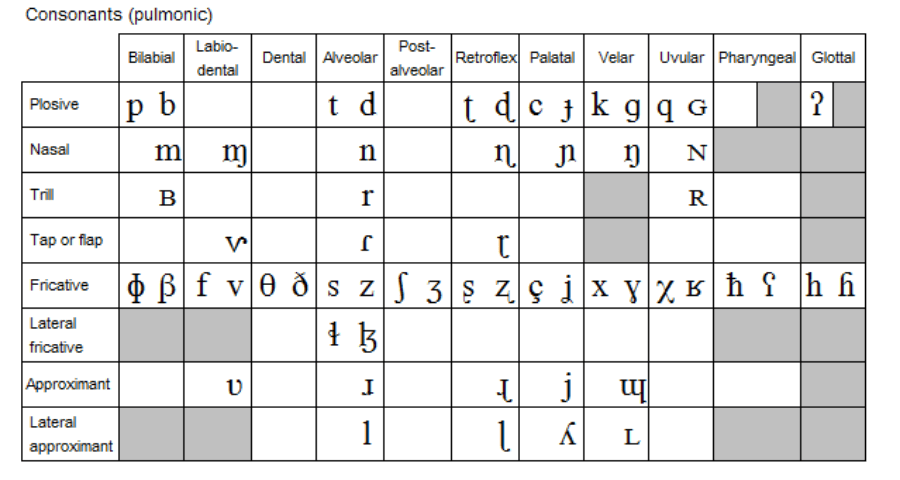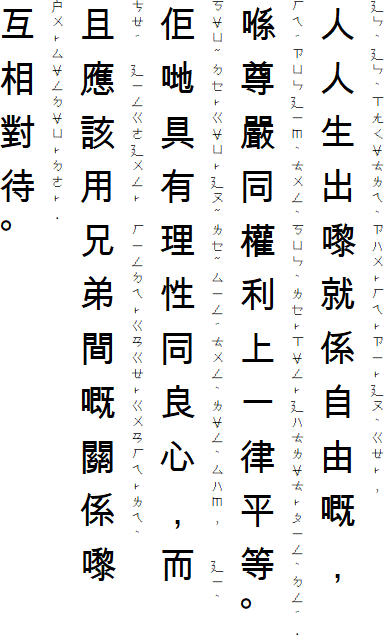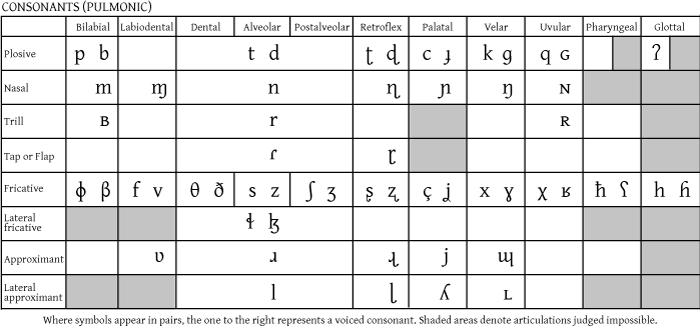

The apical alveolar or postalveolar lateral approximant is a common variant in all conditions, particularly utterance-initially and before /i, j/.

This sound is described variably as a tap, a "variant of ", "a kind of weak plosive", and "an affricate with short friction, ". Utterance-initially and after /N/, the tap is typically articulated in such a way that the tip of the tongue is at first momentarily in light contact with the alveolar ridge before being released rapidly by airflow. The prototypical and most common pronunciation is an apical tap, either alveolar or postalveolar.


Go hho ゴッホ '(van) Gogh', Ba hha バッハ 'Bach') and rarely in Sino-Japanese or mixed compounds (e.g. Historical /hh/ in native words has now become /pp/, so geminate /h/ is now only found in recent loanwords (e.g. /h/ is before /i/ and /j/ ( listen), and before /u/ ( listen), coarticulated with the labial compression of that vowel.However, a 2010 corpus study found that both variants were found in all positions, and that the time it takes to produce the consonant or consonant cluster (to which /N/, /Q/, and pauses contribute) was the most reliable predictor for affricate realization. Traditionally, it is described that, in neutralizing varieties, occur when word-initial or preceded by /N/, and otherwise.
Human japanese ipa 3.1.1 free#
z, d/ before /i/ and /zj, dj/ are, but in most dialects they are neutralized as free variation between the two realizations /d/ before /u/ is, but /zu, du/ are also neutralized in most dialects (see below). /s, t/ before /i/ and /sj, tj/ are alveolo-palatal.In loanwords, /ɸ, ɕ, ʑ, t͡s, d͡z, t͡ɕ, d͡ʑ/ sometimes occur phonemically, outside of the allophonic variation described below. Consonants inside parentheses are allophones of other phonemes, at least in native words.w/ is traditionally described as a velar or labialized velar approximant or something between the two, or as the semivocalic equivalent of /u/ with little to no rounding, while a 2020 real-time MRI study found it is better described as a bilabial approximant. /t, d, n/ are laminal denti-alveolar (that is, the blade of the tongue contacts the back of the upper teeth and the front part of the alveolar ridge) and /s, z/ are laminal alveolar.As gairaigo, loanwords of non-Middle-Chinese origin (non-Middle-Chinese Chinese borrowings such as パオズ paozu, ペテン peten as well as borrowings from non-Chinese languages such as パーティ pāti, etc.), enter the language, /p/ is increasingly used in transcription, initially or medially. Some few non-onomatopoeic exceptions where it occurs initially include 風太郎 pūtarō, although as a personal name it's still pronounced Fūtarō. It occurs initially or medially in onomatopoeia. /p/, a remnant of Old Japanese, now occurs almost always medially in compounds, typically as a result of gemination (as in 切符 kippu, 切腹 seppuku or 北方 hoppō) or after /N/ (as in 音符 onpu), and in a few older compounds as a result of the contractions of pronunciations over time (as in 河童 kappa).Voiceless stops /p, t, k/ are slightly aspirated: less aspirated than English stops, but more so than Spanish.


 0 kommentar(er)
0 kommentar(er)
